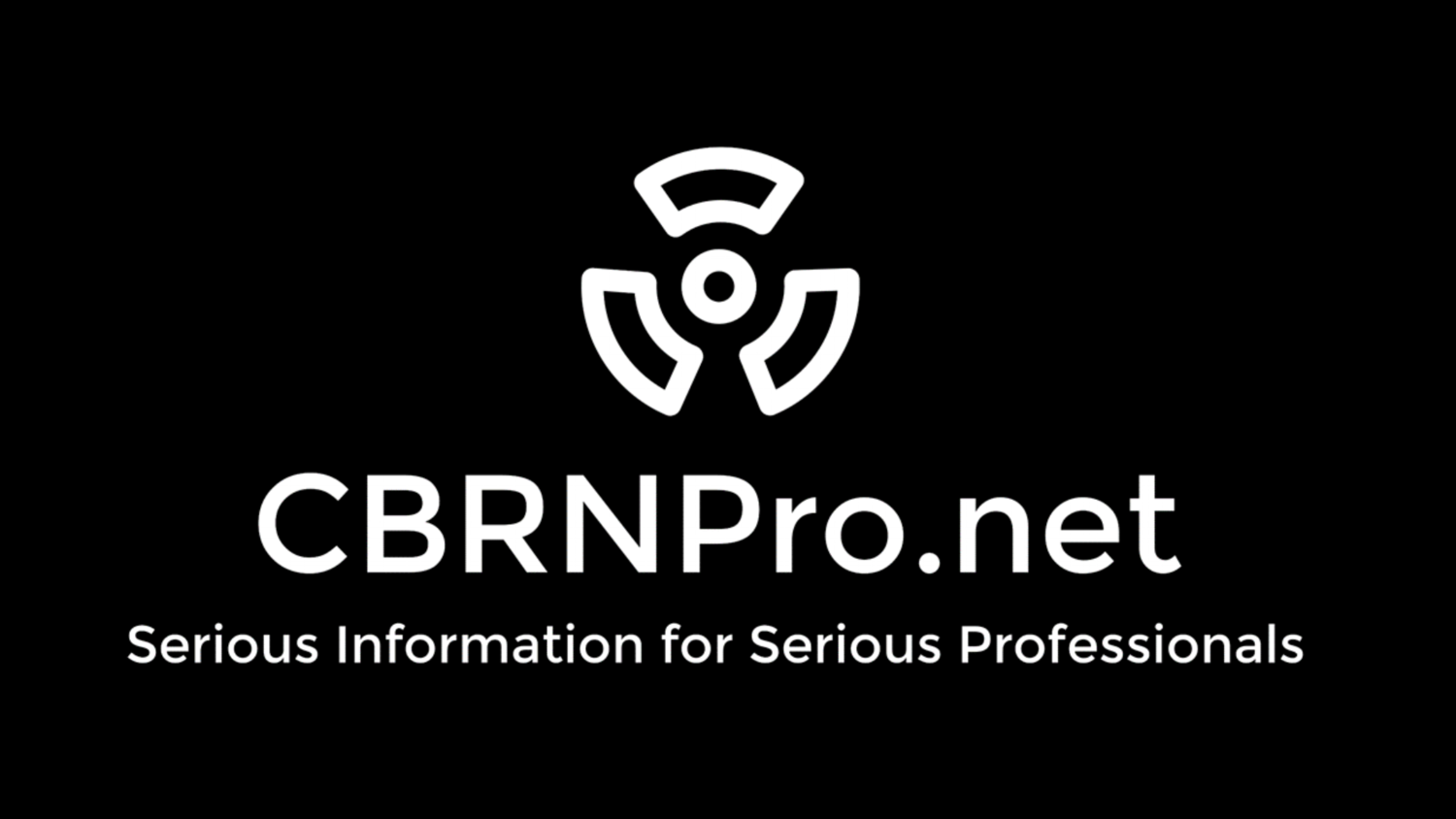Part 3 of the CBRNPro.net series on CBRN equipment selection and use examines Ion-Mobility Spectrometry (IMS) based Chemical Agent Detectors, how they work and sometimes don’t work the way you expect, as well as a few best practices for their use, along with some useful tips and techniques to help you get the most out of your IMS detector.
Hi.
Welcome to my blog. I document my adventures in travel, style, and food. Hope you have a nice stay!













